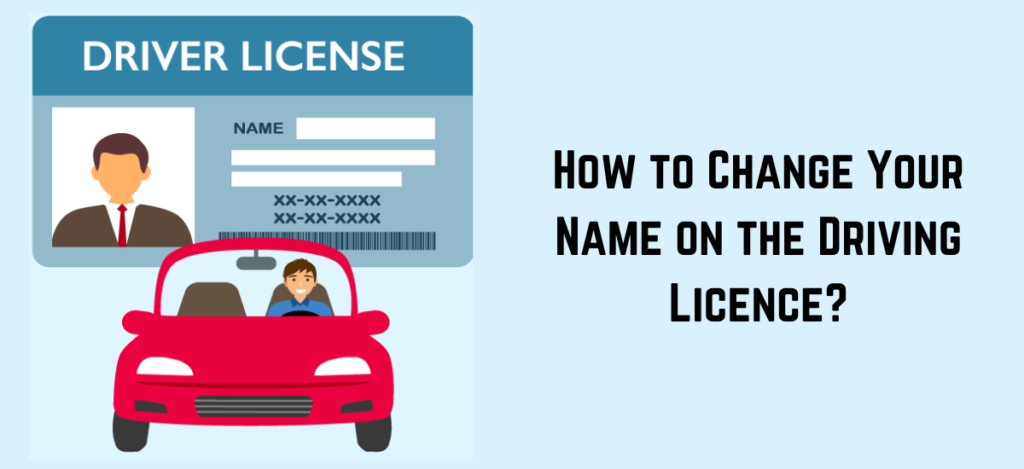the Ontario Driving License Test, the Ontario Driving License Test, If you’re preparing to take the Ontario driving license test, it’s essential to understand the process, the different stages, and the requirements to obtain a license. Ontario’s Graduated Licensing System (GLS) ensures that new drivers gain experience gradually, helping them become safe and responsible on the road. This guide will provide an overview of the Ontario driving license test, the steps involved, and tips to help you succeed.
Overview of Ontario’s Graduated Licensing System (GLS)
Ontario uses a two-step licensing process known as the Graduated Licensing System (GLS) to ensure that new drivers gain skills and confidence over time. This system involves two key stages:
- G1 License (Learner’s Permit)
- G2 License (Intermediate License)
- Full G License
Let’s take a closer look at each stage and what you need to pass the Ontario driving license test.
1. G1 License (Learner’s Permit)
The first step in obtaining a driving license in Ontario is passing the G1 written knowledge test, which grants you a learner’s permit. The G1 license allows you to practice driving under certain restrictions, such as always driving with a fully licensed driver.
G1 License Requirements:
- You must be at least 16 years old.
- You need to pass a vision test.
- You must pass the written knowledge test on Ontario’s road signs and driving rules.
G1 Written Knowledge Test
The G1 test is designed to assess your understanding of road rules, signs, and safe driving practices in Ontario. The test is multiple choice, and you will be tested on two parts:
- Road Signs: Identifying various traffic signs and their meanings.
- Rules of the Road: Understanding traffic laws, speed limits, right-of-way rules, and more.
The test can be taken in person at a DriveTest Centre, and in several different languages. It’s crucial to study Ontario’s official driver’s handbook, which contains all the information you need to pass the test. You can also practice using online mock G1 tests to get familiar with the format.
G1 Restrictions:
- You must drive with a fully licensed G driver with at least four years of experience.
- You cannot drive on 400-series highways or certain high-speed roads.
- No driving between midnight and 5 a.m.
- Zero alcohol in your blood while driving.
2. G2 License (Intermediate License)
Once you’ve held your G1 license for at least 12 months (or 8 months if you’ve completed an approved driver education course), you can take the G2 road test to obtain your intermediate G2 license.
G2 License Requirements:
- You must pass the G2 road test, which assesses your basic driving skills on the road.
G2 Road Test
The G2 road test is a practical driving exam that evaluates your ability to control the vehicle, obey traffic rules, and handle common driving situations. Key skills assessed during the G2 road test include:
- Merging into traffic
- Lane changes
- Parallel parking
- Stopping and turning at intersections
- Obeying speed limits and traffic signs
The G2 test is conducted in real traffic conditions, so be prepared to demonstrate safe driving habits.
G2 Restrictions:
- You can drive without the supervision of a fully licensed driver.
- You can carry passengers, but restrictions apply if you’re under 20 and driving between midnight and 5 a.m.
- You must maintain zero blood alcohol concentration (BAC).
3. Full G License
After holding your G2 license for 12 months, you are eligible to take the G road test to obtain your full G license. This is the final step in Ontario’s Graduated Licensing System.
G License Requirements:
- You must pass the G road test, which assesses advanced driving skills.
G Road Test
The G road test is a more comprehensive version of the G2 road test and includes highway driving. You’ll be tested on:
- Merging and exiting from highways
- Passing other vehicles
- Observing and reacting to other drivers and road conditions
- General driving skills, such as lane discipline and safe speed control
The test lasts about 30 minutes, and you must demonstrate confidence and skill in a variety of driving conditions.
Once you pass the G test, you’ll receive your full G license, which grants you unrestricted driving privileges in Ontario.
Tips for Passing the Ontario Driving License Test
- Study the Driver’s Handbook: The official Ontario Driver’s Handbook is your key resource for passing the G1 written test. Study it thoroughly and take online practice tests.
- Take Driver’s Education: Completing an approved driver education course can shorten the wait time for your G2 license and help you learn essential driving skills.
- Practice, Practice, Practice: Whether you’re preparing for the G2 or G road test, practice driving regularly in a variety of conditions. Make sure you’re comfortable with parallel parking, merging, highway driving, and more.
- Stay Calm During the Test: Nerves can affect your performance, so try to stay calm and focused during your road test. Practice relaxation techniques if necessary.
- Observe Traffic Laws: Always obey speed limits, stop at stop signs, use your signals, and be aware of your surroundings while driving.
Conclusion
Obtaining a driving license in Ontario is a gradual process that ensures new drivers gain the experience needed to drive safely. By preparing for each stage, from the G1 written test to the G road test, and practicing good driving habits, you’ll be on your way to getting your full G license. Be patient, practice consistently, and you’ll soon be driving with confidence!
you might also like these:
